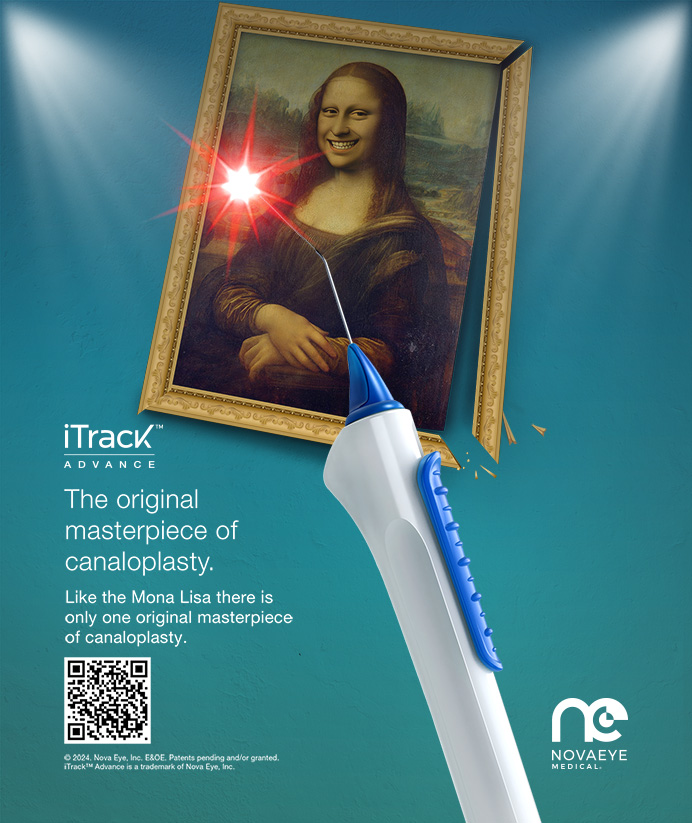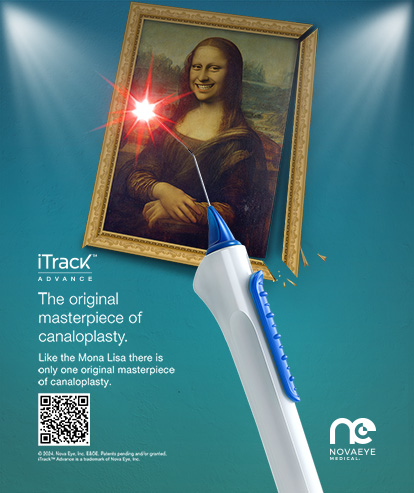
One of biggest challenges in the dynamic world of refractive cataract surgery is making the best possible decision for our patients when they present for cataract surgery. We ophthalmologists all face unique situations when patients present with certain desires and expectations for spectacle independence, and ocular pathology may or may not limit the possibilities.
Such was the case with a 70-year-old woman who presented to me with bilateral, subtle epiretinal membranes (ERMs). The patient had an otherwise unremarkable ocular examination revealing a healthy cornea, 2+ nuclear sclerotic cataracts, and a successful history of wearing multifocal contact lenses.
This patient had heard about multifocal and extended-depth-of-focus (EDOF) implants, had done her research, and came into the office with a strong desire for spectacle freedom. She did not want to wear contact lenses any longer. The fact that she was successfully wearing multifocal contact lenses despite mild ERMs was a bit of a puzzle to me. Her distance and near BCVA were 20/30 and J2 OU. She seemed easygoing and understood the pros and cons of multifocal optics/vision.
See how Robert J. Weinstock, MD, handled this case, and learn which technologies he used.
I sent the patient for a retinal evaluation. The retina surgeon agreed that the ERMs limited her visual potential, although they did not require intervention. There was a concern that the patient might need retinal surgery in the future if the ERMs worsened. She had a complete posterior vitreous detachment, however, which reduced the risk of worsening the ERMs or of her developing cystoid macular edema/vitreomacular traction after cataract surgery.
WEIGHING OPTIONS
This is one of those cases for which there is no easy right answer on how to proceed. There are pros and cons for the use of a multifocal or EDOF lens implant in patients such as this one, but my approach is always to go the more conservative route. I educated the patient about her condition and the risk of problems down the road if the ERMs worsened. I explained that the safest option would be implanting a monofocal IOL in both eyes and having her wear reading glasses or continue using multifocal contact lenses. Despite her disappointment, she understood the reasons for my recommendation. We also discussed accommodating IOLs, but I noted that they also carried a risk of lens shift/malposition if retinal surgery were needed in the future.
Perhaps the patient would have been happy with an EDOF or multifocal lens in both eyes, but the decision we made together gives me reassurance that I am not going to harm this patient and possibly compromise her BCVA in the future. When helping patients make decisions about their vision after cataract surgery, it is important to balance the short- and long-term implications of the choice made. We must remember that our primary responsibility is to protect patients’ vision and give them the best uncorrected visual outcome that we can.




